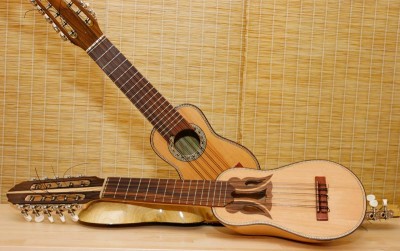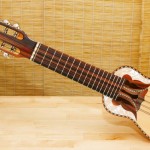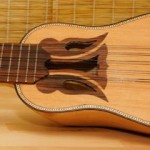The 10-string charango has become common heritage of the South American countries along the Andean mountain range, from Colombia all the way to Argentina, including Peru, Ecuador, Bolivia and Chile.
The charango saw its birth in the 17th century, in the Spanish Viceroyalty of Lima – Peru (now-a-days Bolivian, Peruvian and Ecuadorian territories) as an adaptation that the descendants of the Incas did of the Spanish guitars and vihuelas brought by the conquistadores. The name charango thus comes from tha Quechua or Aymara Inca languages, and means originally “cheerful and boisterous”.
One of the most distinctive traits of the charango is its small size, as the indigenous peoples originally used armadillo shells in order to build the body of the instruments. Due to this small size, the instrument’s pitch is quite high. It has five double-string courses, tuned as the diagram shows.




